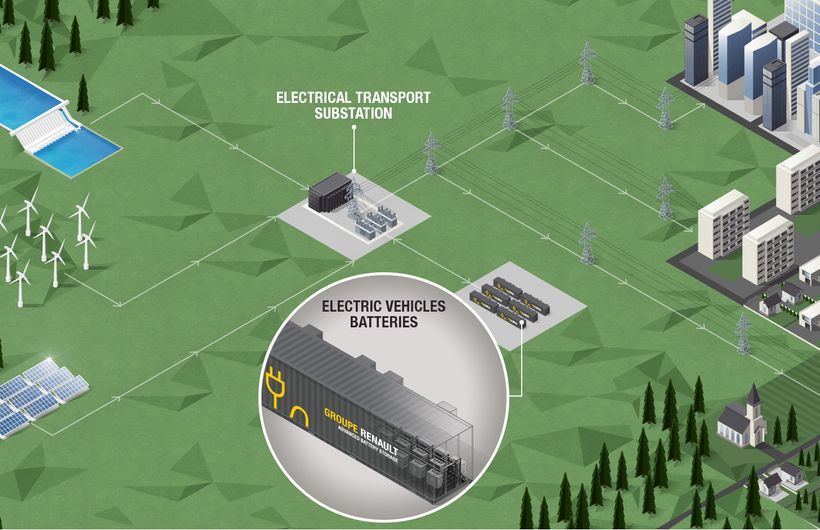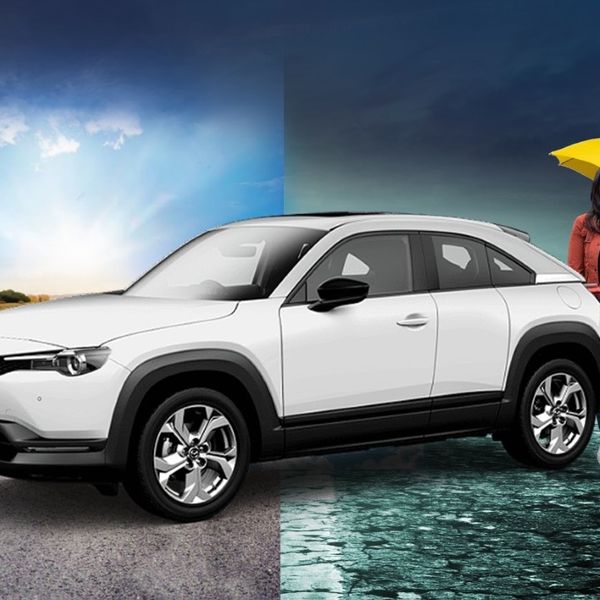Most of us agree that electric cars are better for the environment, right?
But on the other hand, we’ve all seen the reports that question this. Maybe asking if batteries are a good use of precious metals, or if the electricity they use is being generated in a responsible way.
So what’s the low down? Sadly there isn’t a simple answer. I know, irritating isn’t? I’m not a fan of sitting on the fence and I doubt you are either.
But the arguments around electric cars are complex and we’d encourage you to do your own research to help you understand the arguments.
For starters look at the sources of information. Is the news article or post balanced and from a source you trust? If it quotes a report, who wrote it and how are they funded?
There’s a lot of dis-information floating around in today’s connected world and checking out the sources of facts and opinions is a great habit to get into.
There are a great number of people and businesses who feel threatened by the growth in electric cars and they’re not necessarily offering the most objective view. While some environmental pressure groups can go too far the other way with unrealistic demands.
Whether you are looking to really understand how you can reduce your carbon footprint or just want to have an answer for the arguments you’ll hear in the pub, then we’re here to clear the air.
The team at electrifying.com have been studying electric cars and the infrastructure that supports them for over a decade and like to think we can offer a balanced view. So read on, we hope it helps!



















